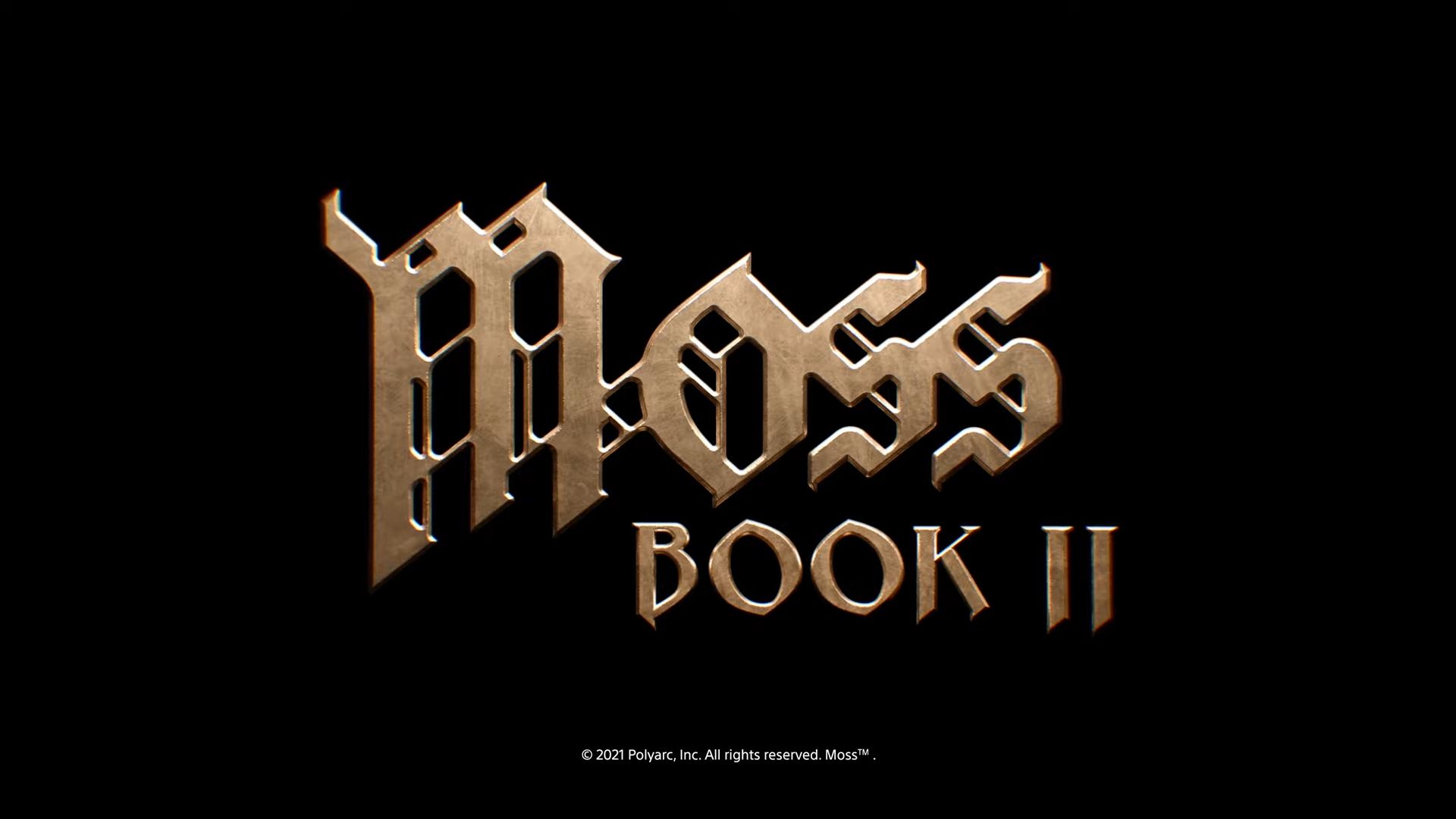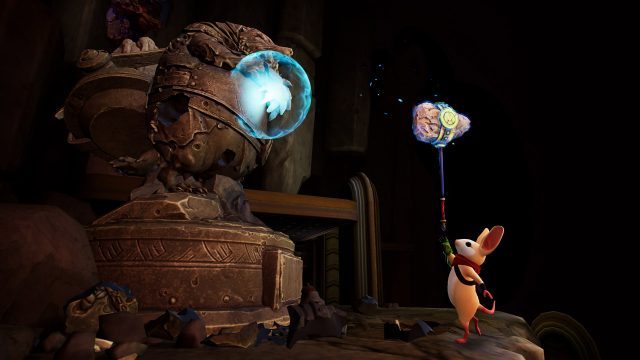

That said, more could be done to smooth out some of the gameplay. They’ll come into play in late-game boss battles, too, which are a little long in the tooth and rely on some well-worn cliches but effectively mix in some weighty moments of human interaction, too.

The hammer’s secondary ability, meanwhile, gets you physically involved in battles and adds a slight tactical element to encounters. One new enemy type rolls up into a ball, allowing you to reach in and grab it, then catapult it across the arena and knock out other foes. Price: $39.99Īt their best, these puzzles are even integrated into the action. This results in some memorable brain teasers that initially left me stumped, making the satisfaction of solving them all the more rewarding. Quill can stick the glaive into a wall, walk to another area of a level and then recall it to hit targets that are initially out of reach whilst the hammer can summon a mirror version that the player can reach in and drop down whilst Quill stands in another location. Whilst these additions help change up the combat, they’re also put to incredibly inventive use when it comes to the puzzles. Throughout the course of the game, she gains the ability to dash over long distances and wields two new weapons in the form of a heavy-hitting hammer and a throwable glaive. You get the power to make bridges out of vines, for example, but the biggest additions are the expansions to Quill’s arsenal. But the further you get into the game, the more ideas it throws at you. In fact, for the opening hour or so you might worry it feels a little too familiar, with an abundance of returning enemy types and the same simplistic combat that sees Quill swinging her sword based on single-button combos.

Moreso than your usual sequel, Book 2 feels like the continuation of a larger journey rather than starting out fresh on a new adventure, and it shows as you slip right back into the familiar sword combat and puzzles. All of this remains intact right from the start with Moss: Book 2, which starts just moments after the end of the first game. If you played the first game in what’s quickly become a fan favorite VR series, you’ll likely remember it for its strong, Zelda-like gameplay, fantastic diorama worlds, and, above all, the unique ways in which the player could reach into levels to aid Quill on her quest and form a more personal bond with her.

It’s still not quite the sweeping epic this series seems capable of, but it’s another important chapter in that story. It’s a stronger, longer sequel that better explores the connection between our minuscule protagonist and the player, who returns as the ghostly ‘Reader’. Moss: Book 2 moves the needle on for Quill and developer Polyarc. But there’s still much more room for Quill and friends to grow. Moss: Book 2 takes the logical steps to improve upon the first game, resulting in a stronger sequel.


 0 kommentar(er)
0 kommentar(er)
